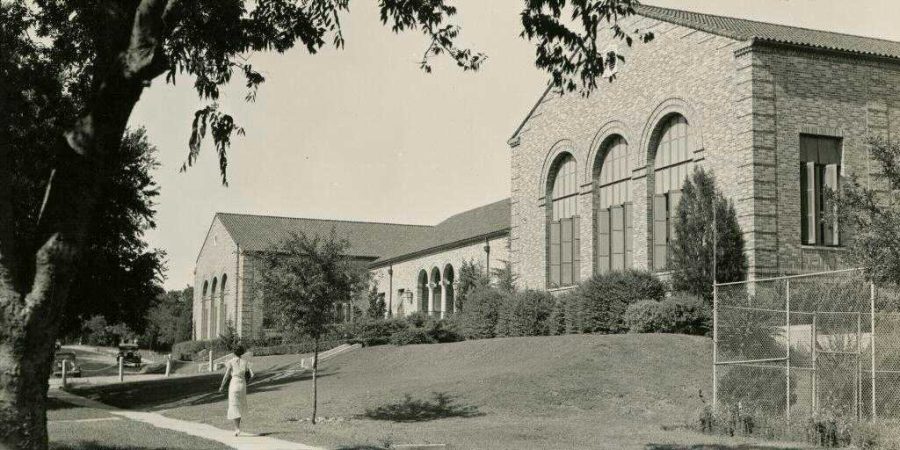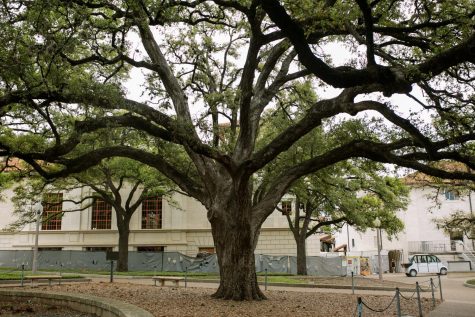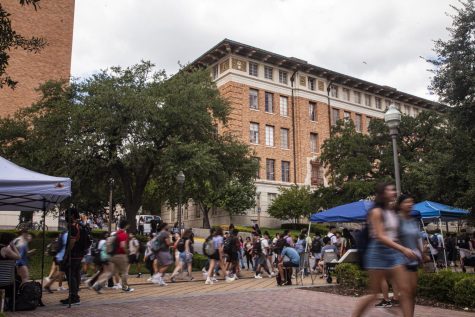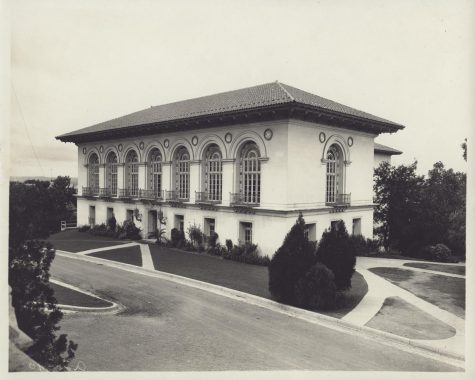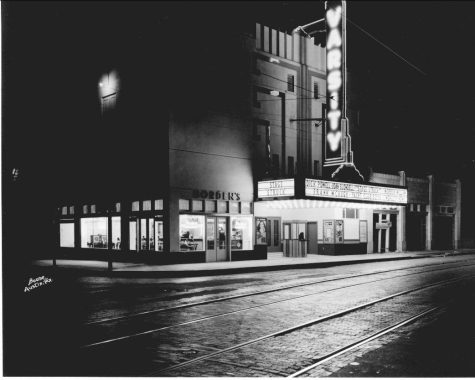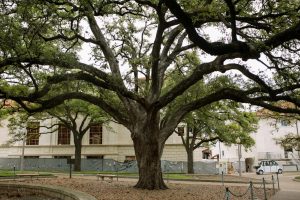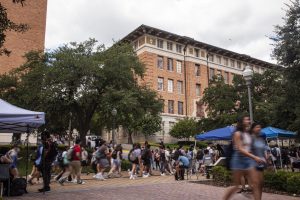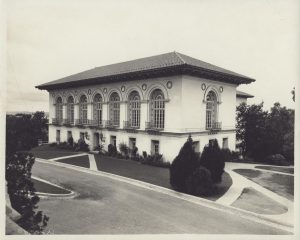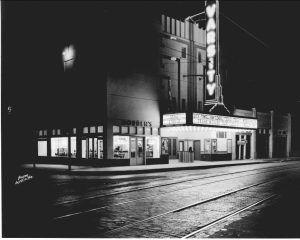Stories of Stories: Women’s gym hidden within UT’s STEM complex
March 30, 2023
Nestled between stone walls and concrete halls sits a small, rust-colored building with a double staircase and arched windows. Inside, students of all backgrounds conduct research and program robots.
But it wasn’t always that way.
Ninety years ago, the rust-colored building opened as UT’s first women’s gymnasium. From 1931 to 2019, the facility made it possible for the women of UT to take part in physical education, all thanks to the work of its namesake Anna Hiss.
“It was interesting that a woman living in a man’s world was able to convince the board of directors to up $400,000 to build a women’s facility for sports,” said Billy Dale, founder of the History of Longhorn Sports.
Dale said Hiss, director of the women’s physical education program from 1921 to 1957, overcame numerous obstacles to develop a program to rival the esteem of men’s athletics.
“(At the time), doctors said women shouldn’t be playing any sports because it might hurt their ability to have babies,” Dale said. “She spent years trying to get rid of that (misconception).”
Additionally, Dale said the gym’s design included high windows to provide women with added privacy while exercising. Ana Dison, a kinesiology alumna who graduated in 1992, previously worked in the gym and said its design serves as a testament to attitudes about women at the time.
“The swimming pool was purposefully built one foot short so there couldn’t be competitive swimming,” Dison said. “There were just these weird, interesting quirks that (responded to) that period (when) people were not as enlightened as to what women could do (and) that men should not be objectifying them.”
In order to combat these rhetorics, Dale said, Hiss founded UT’s first women’s athletics association and rallied for a separate women’s athletics facility. According to Dale, Hiss’ vision for the gym emphasized individual, “artistic” sports — swimming, tumbling, archery and fencing — as she believed non-competitive sports would allow women to excel.
Still, Anna Hiss Gymnasium and its namesake played an important role in the pathway toward inclusivity in physical education, Dison said.
“At the time, Anna Hiss made bold decisions (within) the parameters of society to create spaces and programs that pushed women to be confident,” Dison said. “(The gym) was instrumental because it forced there to be a conversation about why (athletics) was separate. Why not combine?”
Gender-segregated athletics eventually combined during the 1970s, Dison said. In the decades following the merge, especially after the destruction of the gym’s pool, Dison said the gym’s usage decreased significantly. In 2021, after years of underutilization, UT transformed the gym into the home of numerous research and academic programs for Texas Robotics and the College of Fine Arts.
“I loved working there,” Dison said. “The building (still) looks very familiar. It’s not like I walk in and (wonder) where I am. I can definitely see the face lift but (also) the historic preservation.”
Dison, the director of UT’s Women in STEM, said Anna Hiss Gym’s repurposing makes a statement about the progress toward inclusivity within the STEM sector.
“I’m happy that there’s a connection between Anna Hiss and what is accurate in labeling robotics (and) computer science as being male-dominated,” Dison said. “That link gives me hope that we can get more women interested in robotics and the (other) areas housed in Anna Hiss.”

